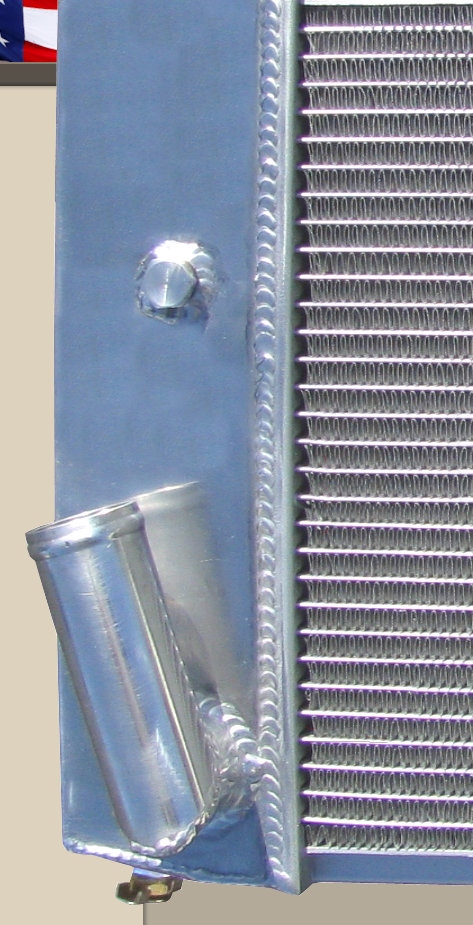
CLICK BELOW






This web page is:
How to: And Useful information
How to: Install A Radiator
Be careful not to damage the radiator core, during the installation process.
Flush the vehicle's cooling system prior to installing your new radiator. Failure to do so, may leave harmful contaminants in your vehicle's cooling system that could plug the tubes in your new radiator, or cause it to fail prematurely.
Change the thermostat and gasket.
Use new coolant/antifreeze in your cooling system. 50% distilled water and 50% coolant, and regular cooling system preventative maintenance will help extend the life of your new radiator..
Check your radiator, and heater hoses for cracks, soft, or swollen areas. Replace as necessary.
After the radiator is installed, leave the radiator cap off, and let the vehicle idle for approximately 10 minutes to make sure that the coolant/antifreeze is flowing inside the radiator. Flowing coolant will indicate that the new thermostat and radiator are operating correctly Look for coolant leaks throughout the cooling system, and under the vehicle.
Monitor your temperature gauge for the next few days to verify that the vehicle is operating in the "normal" range for the vehicle.
Old coolant should be disposes of in an environmentally friendly manner.
Never open your radiator cap until you are sure the vehicle is cool. Never open the radiator cap on a car that is overheating .













